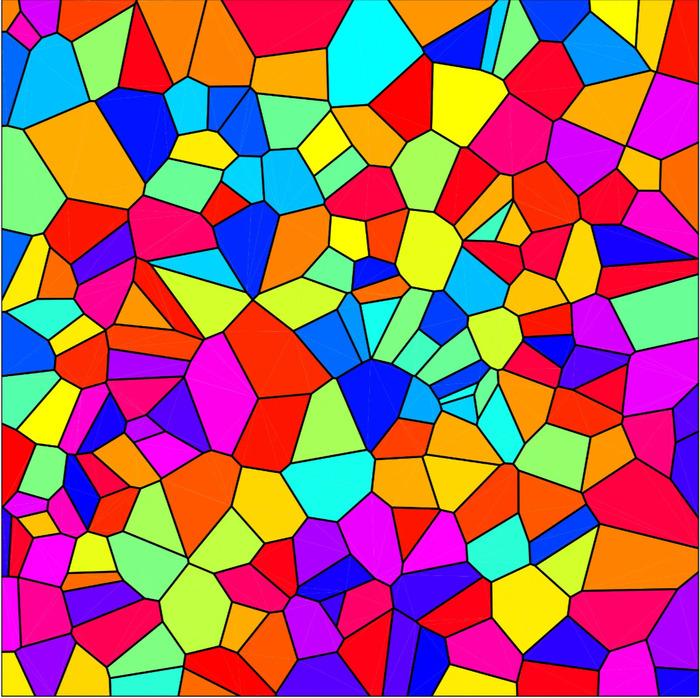Building a Digital Twin for Additive Manufacturing: Fast, accurate and affordable

When metals are built layer by layer in Additive Manufacturing (AM), the process hides an intricate dance of physics: molten pools cooling at thousands of degrees per second, crystals competing as they grow, and residual stresses quietly shaping the final part. Predicting this complex behavior is the key to designing defect-free components, yet doing so at a reasonable computational cost remains one of the greatest challenges in AM research.
“Our goal is to make process-scale simulation as fast as parameter optimization demands it, without losing the physics.” D. Weisz-Patrault, CNRS & École des Ponts ParisTech
Dr. Daniel Weisz-Patrault (CNRS, École des Ponts) presented a breakthrough framework that brings this goal within reach: a cost-effective digital twin for directed energy deposition (DED). This virtual twin couples three numerical tools, each addressing a different physical scale of the process: from local heat transfer to part-scale mechanical behavior, all designed for high efficiency.
1. Thermal Simulation with ScanFast
The first stage focuses on temperature evolution in the melt pool. Using a simplified heat conduction model that neglects lateral fluxes, the ScanFast method computes the transient temperature field with remarkable speed. This fast approach enables the simulation of full multilayer builds within minutes rather than days. The results match experimental data and detailed finite-element simulations, providing a solid thermal foundation for subsequent analyses [1]
2. Microstructural Modeling with TesselAM
Once the temperature field is known, the solidification process determines the metal’s microstructure: the size, shape, and orientation of its grains. Here, Daniel Weisz-Patrault and Quentin Dollé introduced TesselAM [2], a model that replaces time-consuming phase-field or cellular automaton techniques with a Voronoi tessellation-based approach. This method captures the competitive growth of columnar dendrites, revealing how scanning speed and thermal gradients control texture formation. Validation against experiments confirmed its predictive ability, offering a new tool for linking process parameters to material properties and offer simulation that takes 0.01 seconds instead of 40 hours on average.
3. Stress and Distortion with QuadWire
At the structural scale, residual stresses and geometric distortions dictate part quality. To model these, the QuadWire method [3] represents each material point by four virtual particles. This innovative 1D formulation reproduces complex 3D stress patterns efficiently, accounting for temperature-dependent plasticity and eigenstrain effects during layer deposition. The results closely align with full finite-element computations but at a fraction of the cost.
Toward a True Digital Twin
Together, ScanFast, TesselAM, and QuadWire form a coherent multiscale simulation chain capable of predicting thermal history, microstructure, and mechanical integrity of DED parts. This integrated approach is validated against experimental data at each level and paves the way for process optimization and in-situ control in industrial additive manufacturing.
By dramatically reducing computational time, Daniel Weisz-Patrault’s digital twin brings simulation-based design closer to real-time decision making.
References
[1] Weisz-Patrault, D., Additive Manufacturing, 31, 100990 (2019).
[2] Dollé, Q., & Weisz-Patrault, D., Computational Materials Science, 243, 113112 (2024).
[3] Preumont, L., Viano, R., Weisz-Patrault, D. et al., CMAME, 427, 117010 (2024).
[4] Margerit, P. et al., Additive Manufacturing, 37, 101664 (2021).
[5] Sakout, S. et al., Acta Materialia, 2020.